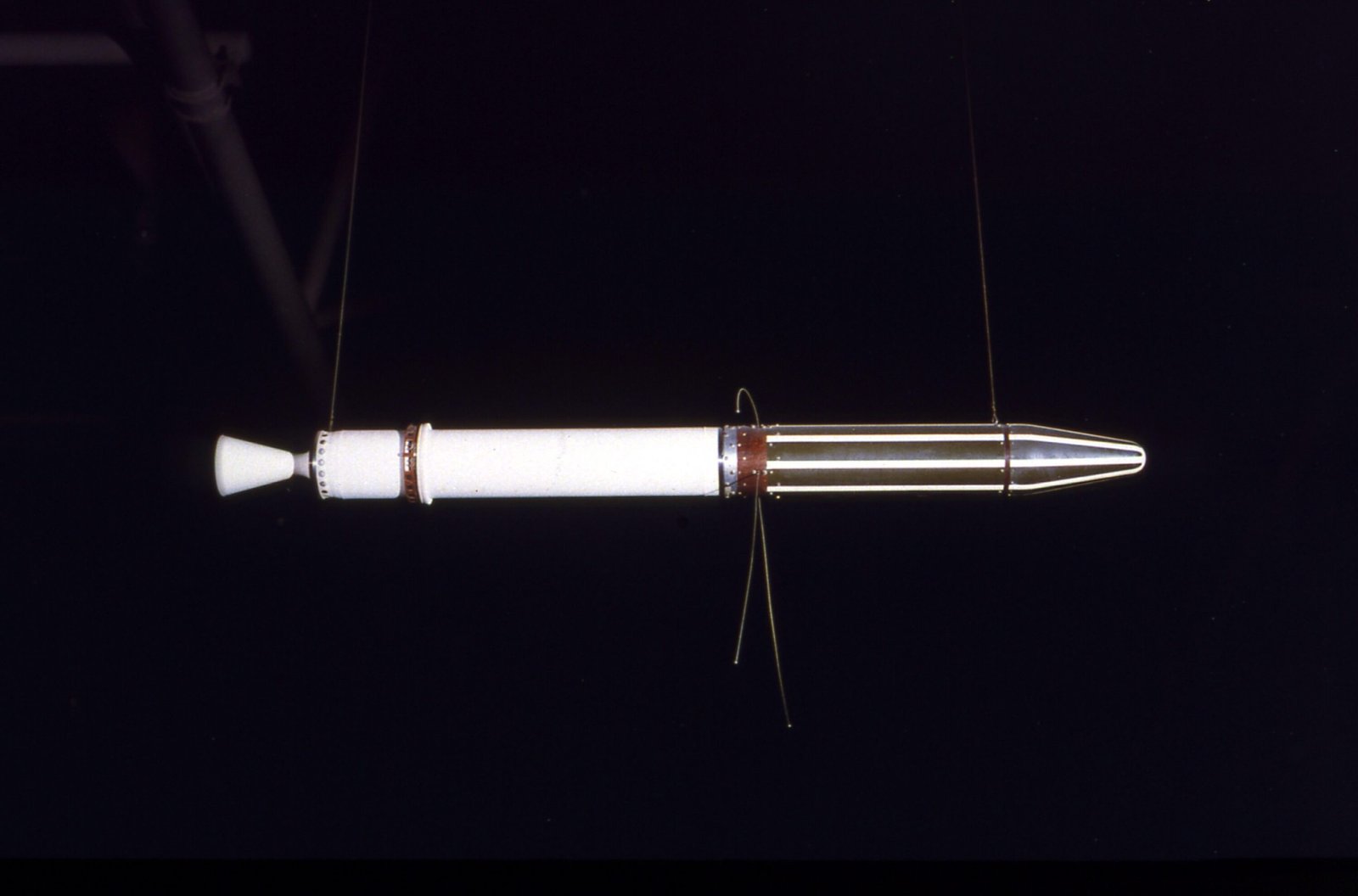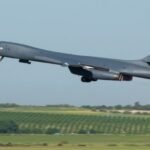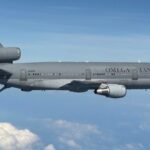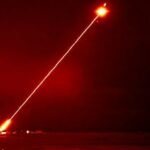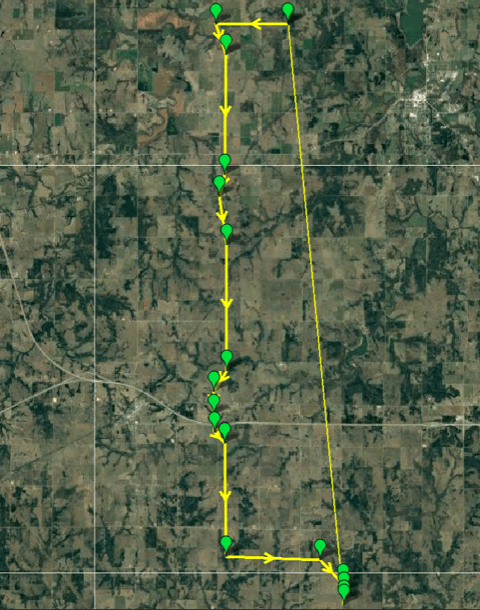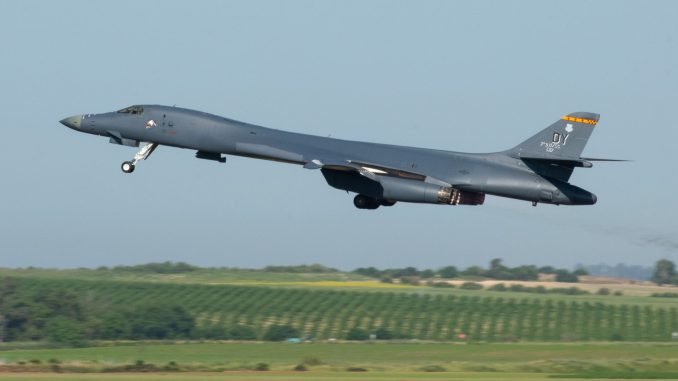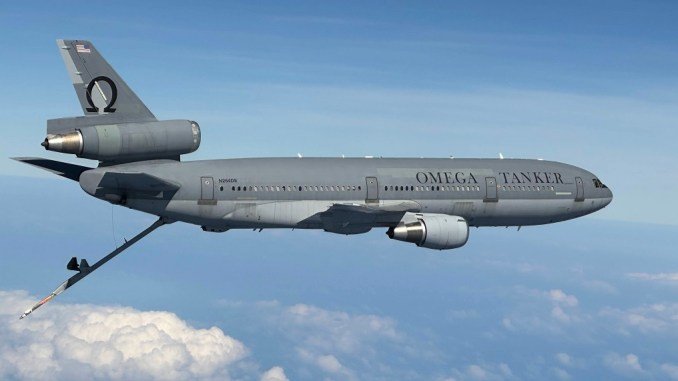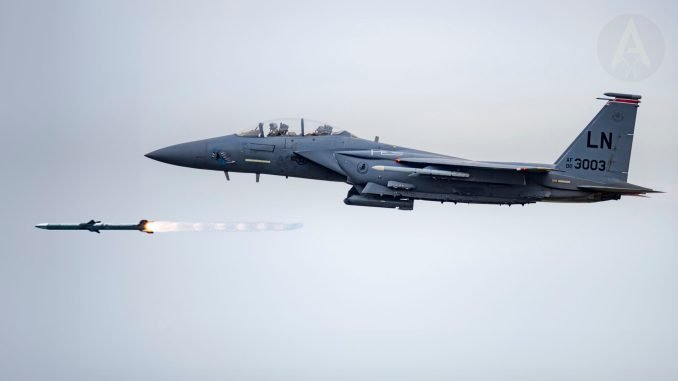[ad_1]
The demonstration was used to guage BVLOS capabilities and to show Vigilant’s newest FlightHorizon software program which offered airspace situational consciousness all through the flight.
The flight was the primary full train of the FAA-authorized 13-mile unmanned plane system (UAS) flight hall situated in central Oklahoma. The flight was additionally a serious area check for FlightHorizon 2, the most recent model of Vigilant Aerospace’s award-winning unmanned site visitors administration and lively detect-and-avoid (aDAA) system.
The fully autonomous flight was over 18-miles lengthy in complete, beginning at OSU’s Heart for Forensics Explosives vary close to Pawnee, Oklahoma and culminating in an autonomous touchdown at OSU’s Unmanned Plane Flight Station in Glencoe, Oklahoma.
“The unmanned plane business’s high wants proceed to be autonomous security programs, on-board detect-and-avoid options and higher unmanned site visitors administration. This flight allowed us to make progress on all three by demonstrating our system’s capabilities over a for much longer period and larger distances whereas offering lively alerting and airspace visualization to the pilot and observers,” mentioned Kraettli L. Epperson, CEO of Vigilant Aerospace.
“These demonstration flights are crucial milestones within the improvement of the business and our partnership with OSU gives our firm entry to a number of the high college students, researchers and services within the US,” mentioned Epperson.
The outcomes from the flight offered a proof of idea for Vigilant’s Unmanned Visitors Administration (UTM) capabilities presently in analysis and improvement, and can present the idea for preliminary deployment of UTM capabilities using FlightHorizon.
The evaluation of outcomes from the demonstrations can even present an understanding of the capabilities of autonomous UAS operations and supply knowledge obligatory for extra use instances.
The flight is the primary in a brand new collection that will probably be testing radar integration, ground-based and on-board autonomous detect-and-avoid capabilities, distant ID options and UTM processes using FlightHorizon. See prior post on FlightHorizon 2.
“This flight and the group of OSU analysis engineers and college students and Vigilant Aerospace employees who performed it signify a forward-looking method to using public-private partnerships to quickly advance the know-how and convey improvements to market,” mentioned Jamey Jacob, Director of the OSU Unmanned Methods Analysis Institute (USRI) and John Hendrix Chair Professor in Mechanical and Aerospace Engineering.
The flight was performed with a twin-motor UAS working under 400 ft AGL and was performed beneath an FAA Certificates of Authorization (COA) with a visible observer. The COA, launched by the FAA in December 2018, permits for the waiving of guidelines requiring drone pilots to maintain their plane repeatedly in line-of-sight and in addition gives extra working altitude.
The COA permits OSU and business analysis and improvement companions like Vigilant Aerospace to pioneer new unmanned flight applied sciences, security programs and processes to advance the state of the UAS business.
“This flight authorization is well-suited to the event and demonstration of programs for secure BVLOS flights over lengthy distances, that are crucial for monitoring belongings like oil and gasoline wells, pipelines, wind and photo voltaic farms, storage tanks, energy traces, farms and ranches, and roads and bridges,” mentioned Epperson.
Utilizing it’s FlightHorizon 2 software program, Vigilant Aerospace offered airspace situational consciousness, detect-and-avoid and air site visitors visualization for the flight. The software program tracked dozens of manned plane throughout central Oklahoma throughout the flight and offered real-time alerting to the visible observer and pilot-in-command.
In regards to the OSU College of Mechanical and Aerospace Engineering
From the web site:
The Oklahoma State College College (OSU) of Mechanical and Aerospace Engineering (MAE) instructs and encourages college students to succeed in full potential in technical experience, revolutionary expression, mental curiosity, and collaborative design. MAE’s mission is to arrange engineers which might be aggressive nation-wide and internationally for employment alternatives and who will change into revered achievers inside their self-discipline and ready for a lifetime of constant improvement. For extra info on the OSU College of Mechanical and Aerospace Engineering, go to MAE.okstate.edu.
In regards to the Oklahoma Heart for the Development of Science & Know-how (OCAST)
From the web site:

About Oklahoma Utilized Analysis Assist (OARS)
The Oklahoma Utilized Analysis Assist (OARS) program is an OCAST funding program that invests in analysis and improvement supporting revolutionary applied sciences with business potential. This funding is designed to extend funding within the R&D of latest applied sciences that may in the end carry worth to the state of Oklahoma and assist develop and diversify the state’s economic system. Oklahoma public or personal schools/universities, non-profit analysis establishments, and personal enterprises with the principal administrative center in Oklahoma are all eligible to use for OARS funding. To be taught extra about OARS, go to the program website.
About Vigilant Aerospace Methods
Vigilant Aerospace Methods is a personal firm headquartered in Oklahoma Metropolis, Oklahoma offering software program and companies worldwide. Along with the FlightHorizon system, the corporate additionally gives integration and improvement consulting, testing, coaching and compliance companies for unmanned plane flight operations and fleet managers. For extra info on Vigilant Aerospace Methods and FlightHorizon detect-and-avoid and airspace administration system, go to our web site at www.VigilantAerospace.com
About FlightHorizon
FlightHorizon is a situational consciousness and security system for airspace administration. The system gives airspace managers with both a 2D or 3D view of all plane within the chosen airspace utilizing a mix of sensors and knowledge sources to create an airspace security image for pilots, airspace managers and command facilities.

FlightHorizon features as each a visualization instrument for airspace administration, an lively situational consciousness instrument and as a detect-and-avoid system that permits unmanned plane to keep away from different plane and retains drone pilots and airspace managers conscious of the situation and air site visitors round their UAS and of their airspace. The system gives the power to designate a number of plane as “ownship” and to trace these plane particularly for collision avoidance and gives self-separation advisories for these plane, together with visible cues, on-screen textual content warnings and audible advisories. FlightHorizon can also be designed to assist customers to higher meet civil aviation authority rules and necessities and to cut back danger. It might probably additionally enhance the relative competitiveness of subscribing airparks in attracting UAS operators and repair suppliers. For extra info on FlightHorizon, go to our Products and Services page.
Learn OSU’s announcement right here: “Vigilant Aerospace demonstrates FlightHorizon 2 in autonomous 18 mile flight with OSU”
Flight Check Photographs:
[ad_2]
Source link

